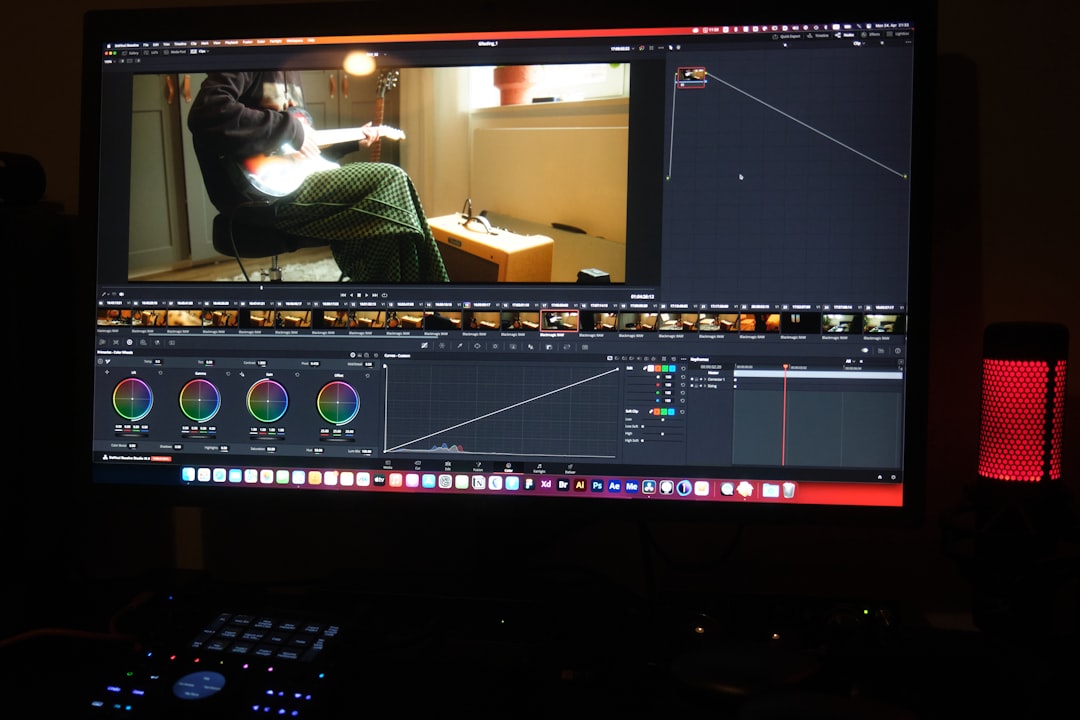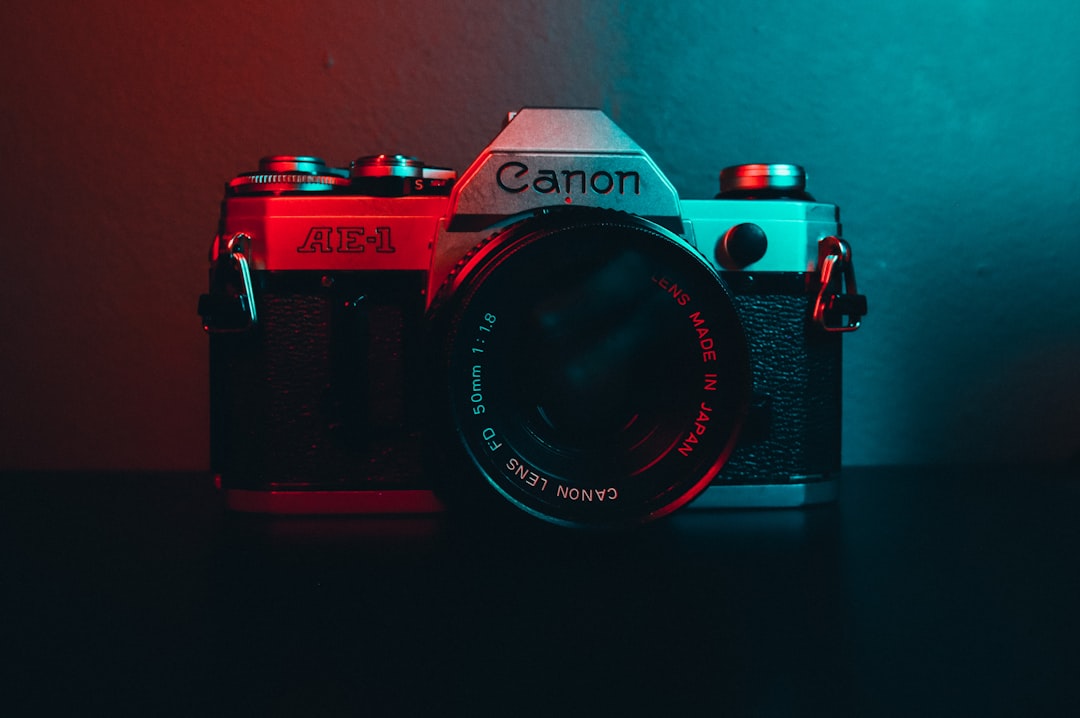Integrating artificial intelligence into modern camera systems has opened new frontiers for creatives working in photography, videography, marketing, and digital content creation. From real-time scene analysis to automated post-production suggestions, Camera AI is increasingly essential in streamlining processes, enhancing visual output, and pushing creative boundaries. But as with any powerful tool, its effectiveness depends heavily on how thoughtfully it is implemented within a workflow.
This article outlines the best practices for integrating Camera AI into creative workflows, ensuring both productivity and artistic integrity are preserved. Whether you’re a photographer aiming to automate redundant tasks or a video producer looking to elevate your storytelling, these guidelines will help you use Camera AI as a true collaborator rather than just a tool.
1. Understand the Capabilities and Limitations of Your AI Tools
Before introducing AI into your creative framework, it’s vital to fully understand what the technology can and cannot do. Modern Camera AI includes features such as:
- Real-time object detection and tracking for auto-focus and exposure balancing
- Scene recognition which automatically adjusts camera settings for optimal results
- AI-driven noise reduction for cleaner images, especially under low light
- Style transfer and image enhancement to automate creative filters
However, AI tools have limitations—especially when creative decisions require nuance and emotion. AI is less adept at interpreting context, storytelling, or aesthetic subtleties unless human guidance is present.
2. Start with Workflow Integration Goals
Identify specifically what problem or bottleneck you want AI to solve. Common goals include:
- Improving speed and consistency in repetitive tasks
- Freeing up creative time by automating technical adjustments
- Increasing accessibility for remote or solo creators
- Gathering data for smarter creative decisions over time
Set clear Key Performance Indicators (KPIs) such as reduced post-editing time, improved output resolution, or fewer retakes during shoots.
3. Choose AI-Ready Camera Solutions
Modern mirrorless and DSLR cameras increasingly come with built-in AI functionality. However, you should select hardware that integrates seamlessly with external AI platforms or cloud services. Look for features like:
- Edge AI processing for real-time enhancements without reliance on cloud connection
- Open API compatibility for integrating with third-party software
- Built-in neural network modules for style recognition and object tracking

Brands such as Sony, Canon, and Nikon are leading the effort to incorporate intelligent image processors, enabling creators to accomplish more in-camera before post-production even begins.
4. Collaborate with AI – Don’t Abdicate Control
Camera AI should act as a creative assistant, not a replacement for the human eye. Use AI to:
- Recommend settings rather than enforce them
- Simplify complex adjustments, like white balance or sharpness, in multi-camera environments
- Provide real-time feedback on composition, lighting, or subject framing
Human oversight is critical. Always review AI-generated output for tonal shifts, cropped content, or automated effects that might compromise your creative vision. Think of AI the way you might think of a smart lens: helpful, but not infallible.
5. Train the AI for Your Style
Most AI systems, especially those that offer machine learning components, benefit from custom model training. Feed your AI system with examples of your preferred editing style, color grading, and motif selection to create a more consistent aesthetic. This step is particularly useful in environments where:
- Multiple team members are involved
- Brand consistency is crucial
- Large libraries of reusable assets are in play
Training an AI model to recognize your standards reduces time spent correcting its output and aligns its suggestions with your creative DNA.

6. Use AI-Assisted Editing Tools for Faster Post-Production
One of the most impactful areas where Camera AI plays a role is post-production. Software like Adobe Lightroom and Premiere Pro now leverage AI for:
- Automated tagging and keyword generation
- Subject isolation and masking
- Instant color matching across clips
- Smart cropping and resizing for multiple platforms
These AI tools help editors focus on high-value creative decisions while offloading tedious adjustments. However, always perform a manual quality check to ensure the AI’s interpretation aligns with your intended message.
7. Mitigate Ethical and Privacy Concerns
As Camera AI increasingly involves facial recognition, behavioral tracking, and biometric analysis, creators must adopt a strong ethical stance. Best practices include:
- Obtaining consent when collecting identifiable data
- Disabling automatic facial recognition in sensitive scenarios
- Being transparent with your audience when AI is used to enhance realism or alter features
Respect for human subjects and authenticity in visual storytelling must remain non-negotiable, even as AI reaches new levels of subtlety and power.
8. Create a Feedback Loop Between Human and AI
Don’t treat AI like a static solution. The most successful integrations involve continuous review and iteration. Build mechanisms into your workflow to record feedback on AI output. This can range from ranking suggestions by usefulness to re-training models with corrected results.
The goal is to ensure that the AI evolves alongside your creative direction, learning from not just past data but from your judgments and intuitions as a creator.
9. Educate Your Creative Team
Ensure that all team members, from assistants to editors, understand how and why Camera AI is being used. Offer training sessions or documentation to ensure consistent application and avoid misuse. Topics could include:
- Understanding AI limitations and workarounds
- Hands-on demos with specific tools or settings
- Protocols for reviewing and approving AI-assisted output
A well-informed creative team is more likely to adopt and adapt to AI in a manner that enhances creativity rather than stifles it.
10. Keep Pace with Technological Advancements
Camera AI is evolving rapidly. Stay updated with firmware upgrades, software patches, and new developments in AI imaging. Subscription models and SaaS-based tools often release new AI capabilities monthly. Consider dedicating time each quarter to evaluate:
- New AI-powered tools that align with your workflow
- Updates to existing camera firmware or creative software
- Emerging trends that could change your production style
Remaining proactive ensures you benefit from innovation instead of playing catch-up.
Conclusion
Camera AI represents a transformative shift in how creative professionals approach visual storytelling and imaging workflows. From real-time decision making and stylistic automation to smart editing and ethical considerations, its influence is vast. But leveraging its full potential depends on a thoughtful, cautious, and creative implementation.
By understanding the technology, setting clear goals, maintaining control, and educating your team, you don’t just integrate AI—you empower your creativity with it.
